Blisters are small pockets within the upper layers of the skin containing fluid. They generally develop as a consequence of friction and may also occur due to burning, freezing and exposure to certain chemicals. Blisters may be a characteristic of certain infections. In many cases blisters contain a clear fluid (serum). Still, apart from serum blisters are sometimes filled with blood or pus. Blisters may affects different parts of the skin. In fact any part of the skin can get irritated and covered with blisters. The number and size of blisters depend on the underlying cause. This also refers to their location. These skin lesions are not painful unless they are pierced.
Causes of Blisters on Legs
Blisters actually represent a protective mechanism in which the skin protects itself from further damage by making a barrier between the cause of friction and the underlying tissues. Blisters on legs develop due to several causes. In majority of cases they form on feet due to ill-fitting shoes. Women are predominantly affected by feet blisters because they pay more attention to aesthetic component of shoes than to comfort. Furthermore, feet blisters also affect athletes particularly if they wear a new pair of shoes or participate in marathon and long hill walks.
Itchy blisters that affect different parts of the legs are usually associated with some kind of allergy. In many cases the person is allergic to a particular fabric or the allergic reaction develops as a consequence of exposure to certain irritants/chemicals.
In some people blisters on the legs form due to poor blood circulation. Insufficient blood flow is associated with undernourishment of the skin and as a result the affected person develops open sores. Together with open sores the individual may also develop blisters. Such problems affect people suffering from diabetes, those with severe atherosclerosis of the blood vessels in the lower extremities, people suffering from venous stasis etc.
Treatment for Blisters on Legs
Small blisters caused by ill-fitting shoes heal without any additional treatment. It is essential not to pierce the blister since this way the healing process will last longer and the person will have to deal with a certain amount of pain. The affected area is supposed to be kept clean and dry. Larger and very painful blisters may need to be drained. After draining the area is covered with antibiotic cream and bandage.
Patients suffering from circulatory problems and other conditions such as diabetes should consult their doctor in order to receive proper treatment.


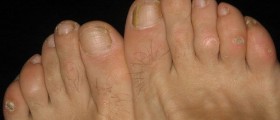
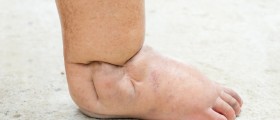
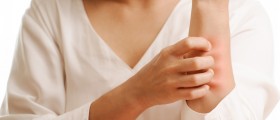
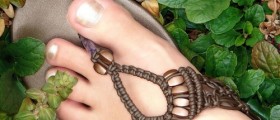

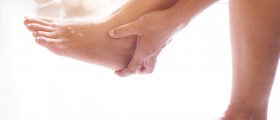

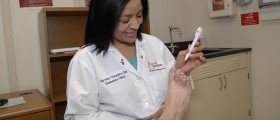

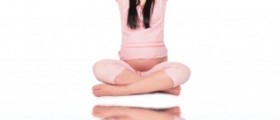




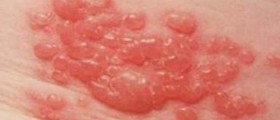
Your thoughts on this
Loading...